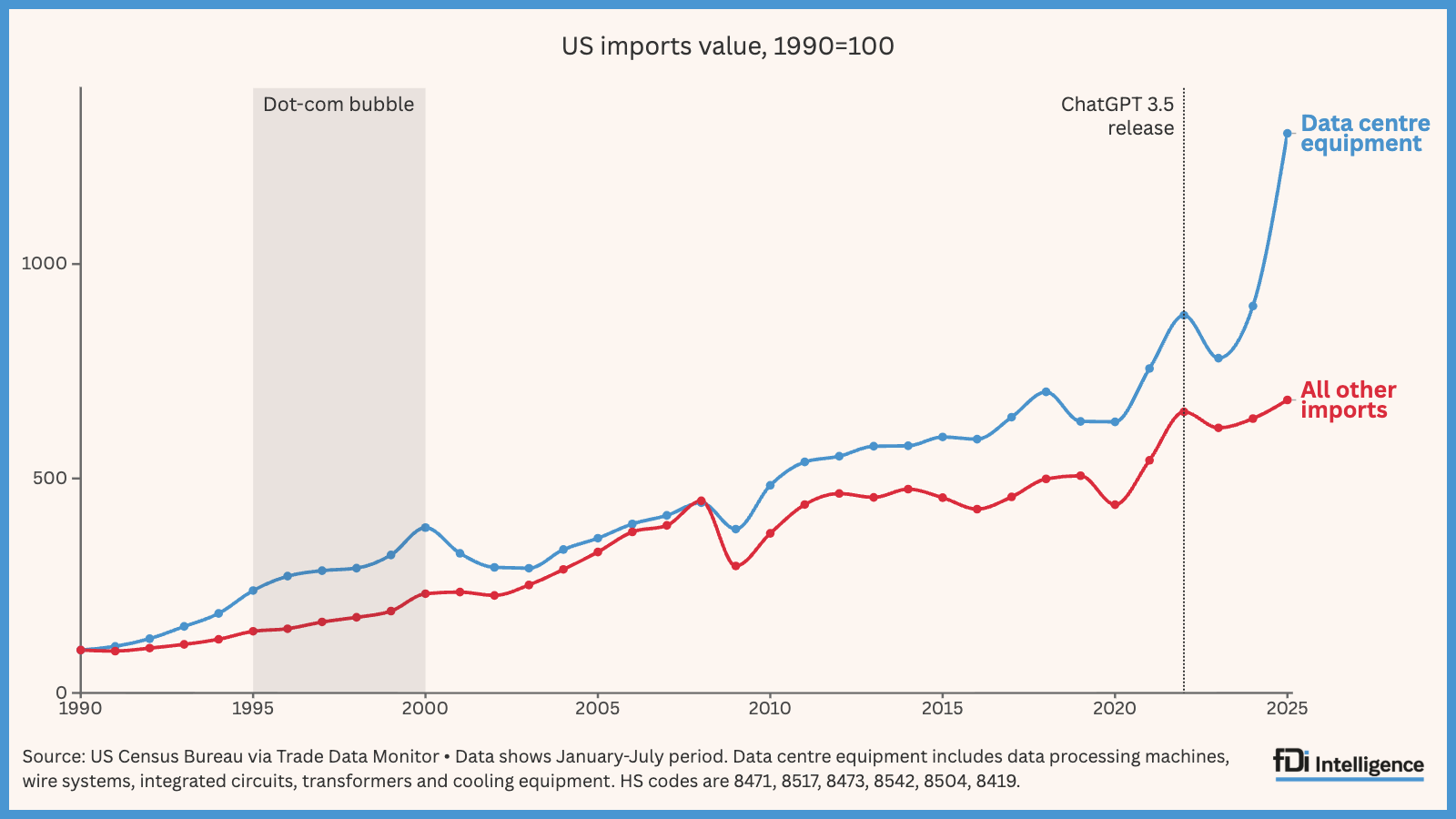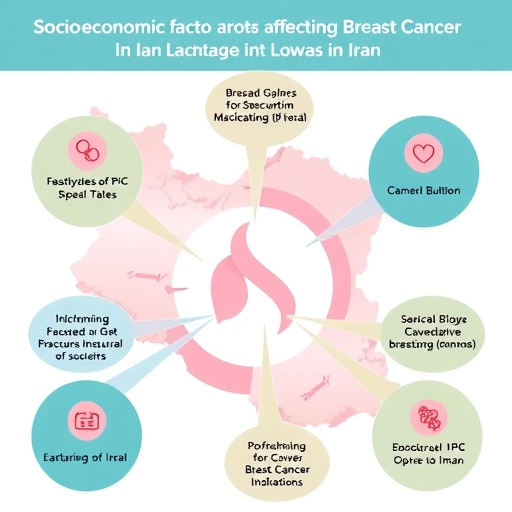Judicial Review of Federal Law Enforcement Crowd Control Measures in Relation to Sustainable Development Goals
Upholding SDG 16: Peace, Justice and Strong Institutions
A federal court is currently scrutinizing the actions of federal immigration agents in the Chicago area, raising significant concerns regarding compliance with judicial orders and alignment with Sustainable Development Goal 16, which emphasizes peace, justice, and strong institutions. A temporary restraining order was issued by Judge Sara Ellis to regulate the use of crowd control measures, such as tear gas and pepper balls, against protesters. This judicial action directly supports SDG Target 16.3, which aims to promote the rule of law and ensure equal access to justice for all.
However, recent events have led the court to express “serious concerns” that the order is not being followed, indicating a potential challenge to the development of effective, accountable, and transparent institutions as called for in SDG Target 16.6. Incidents prompting the review include:
- The initial use of chemical agents on protesters and journalists at an ICE processing center in Broadview.
- Subsequent use of chemicals during an immigration enforcement operation in Albany Park.
- A large-scale deployment of crowd control measures against a crowd in Chicago’s East Side neighborhood following a vehicle pursuit and arrests.
Enhancing Institutional Accountability and Transparency
In response to these developments, Judge Ellis has taken steps to strengthen institutional accountability, a cornerstone of SDG 16. The court’s actions aim to ensure that law enforcement operations are transparent and adhere to established legal standards, thereby protecting the fundamental freedoms of assembly and expression (SDG Target 16.10).
- The judge amended the temporary restraining order to mandate that federal agents involved in such operations wear body cameras. This measure is a direct attempt to increase transparency and accountability (SDG Target 16.6).
- An attorney for the U.S. government noted logistical challenges, stating that while Border Patrol agents are equipped with body cameras, ICE agents in the Chicago area are not.
- The court has scheduled a hearing for Monday, requiring the direct testimony of an ICE field director to address these concerns.
Implications for SDG 10 (Reduced Inequalities) and SDG 11 (Sustainable Cities and Communities)
The context of these events, which revolve around immigration enforcement protests, also intersects with SDG 10 (Reduced Inequalities). The lawsuit and subsequent judicial oversight address the need to ensure equal opportunity and protect the rights of all individuals, including protesters, journalists, and those affected by enforcement actions, regardless of their origin or status (SDG Target 10.3). The detention of U.S. citizens, including a 15-year-old boy, during one incident further underscores the importance of equal justice.
Furthermore, the use of chemical agents in public spaces impacts SDG 11 (Sustainable Cities and Communities). The characterization of a crowd as “hostile” followed by the use of tear gas raises questions about the commitment to providing universal access to safe, inclusive, and accessible public spaces for all citizens (SDG Target 11.7).
Governmental Response and Path Forward
The Department of Homeland Security (DHS) has stated its opposition to efforts it claims “vilify law enforcement.” In a statement, a spokesperson characterized a potential court order requiring body cameras as an “extreme act of judicial activism.” This response highlights the ongoing tension between executive branch law enforcement agencies and judicial oversight in the pursuit of building accountable institutions (SDG 16.6). The upcoming hearing is poised to be a critical juncture in determining how principles of justice, transparency, and human rights are applied in federal law enforcement practices in the region.
Analysis of Sustainable Development Goals in the Article
1. Which SDGs are addressed or connected to the issues highlighted in the article?
-
SDG 16: Peace, Justice and Strong Institutions
This is the most relevant SDG as the article centers on the justice system (a federal judge, a court order), the actions of institutions (federal immigration agents like ICE and Border Patrol), and fundamental freedoms (the right to protest). The core conflict involves the accountability of law enforcement, the promotion of the rule of law, and the protection of citizens from violence by state agents.
-
SDG 10: Reduced Inequalities
The article’s context is immigration enforcement and protests against it. This inherently involves issues of inequality related to nationality and legal status. The actions described, including the pursuit and arrest of “undocumented people” and the subsequent detention of U.S. citizens in the affected community, highlight the unequal application of law and protection for different groups.
2. What specific targets under those SDGs can be identified based on the article’s content?
-
SDG 16: Peace, Justice and Strong Institutions
- Target 16.1: Significantly reduce all forms of violence and related death rates everywhere. The article discusses the “indiscriminate” use of violent crowd control measures like “pepper balls and tear gas” on protesters, which is a form of violence that this target aims to reduce.
- Target 16.2: End abuse, exploitation, trafficking and all forms of violence against and torture of children. The detention of a “15-year-old boy” by U.S. immigration officers during these operations directly relates to protecting children from abuse and violence by authorities.
- Target 16.3: Promote the rule of law at the national and international levels and ensure equal access to justice for all. The entire narrative is about the rule of law. A lawsuit was “filed by a group of protesters and journalists,” and a federal judge issued a “temporary restraining order” to regulate the agents’ conduct, demonstrating the process of seeking and administering justice.
- Target 16.6: Develop effective, accountable and transparent institutions at all levels. The judge’s “serious concerns that my order is being followed” and her subsequent decision to amend the order to “require that federal agents start wearing body cameras” are direct actions aimed at making federal law enforcement institutions more accountable and transparent.
- Target 16.10: Ensure public access to information and protect fundamental freedoms, in accordance with national legislation and international agreements. The lawsuit was initiated by “protesters and journalists” who were exercising their fundamental freedoms of assembly and the press. The use of force against them represents a threat to these freedoms.
-
SDG 10: Reduced Inequalities
- Target 10.7: Facilitate orderly, safe, regular and responsible migration and mobility of people, including through the implementation of planned and well-managed migration policies. The article highlights the consequences of contentious immigration enforcement policies, which have led to pursuits, vehicle collisions, arrests, and the use of force against crowds. This is contrary to the goal of safe and well-managed migration policy implementation.
3. Are there any indicators mentioned or implied in the article that can be used to measure progress towards the identified targets?
Yes, the article contains several implied indicators that can be used to measure progress:
-
For Target 16.1 (Reduce violence):
- An indicator is the number of incidents involving the use of chemical agents (tear gas, pepper balls) on civilian crowds. The article mentions at least three separate events where such force was used (Broadview, Albany Park, and the East Side neighborhood).
-
For Target 16.2 (End violence against children):
- An indicator is the number of minors detained by law enforcement during immigration or protest-related operations. The article provides a specific data point: one “15-year-old boy who was later released.”
-
For Target 16.3 (Access to justice):
- An indicator is the number of legal actions (lawsuits, restraining orders) filed against government agencies concerning the use of force. The article mentions a “lawsuit filed by a group of protesters and journalists” and the resulting “temporary restraining order.”
-
For Target 16.6 (Accountable institutions):
- A key indicator is the adoption rate of accountability tools by law enforcement. The judge’s order to “require that federal agents start wearing body cameras” is a direct and measurable action. The article notes that ICE agents “were currently not using body-worn cameras,” providing a baseline for measuring compliance and progress.
4. Create a table with three columns titled ‘SDGs, Targets and Indicators” to present the findings from analyzing the article. In this table, list the Sustainable Development Goals (SDGs), their corresponding targets, and the specific indicators identified in the article.
| SDGs | Targets | Indicators |
|---|---|---|
| SDG 16: Peace, Justice and Strong Institutions | 16.1: Significantly reduce all forms of violence. | Number of incidents of chemical agents (tear gas, pepper balls) used on crowds. |
| SDG 16: Peace, Justice and Strong Institutions | 16.2: End abuse… and all forms of violence against… children. | Number of minors detained by immigration officers (e.g., the 15-year-old boy). |
| SDG 16: Peace, Justice and Strong Institutions | 16.3: Promote the rule of law… and ensure equal access to justice for all. | Number of lawsuits and court orders (e.g., temporary restraining orders) issued to regulate law enforcement conduct. |
| SDG 16: Peace, Justice and Strong Institutions | 16.6: Develop effective, accountable and transparent institutions. | Adoption of accountability measures, such as the mandatory use of body cameras by federal agents. |
| SDG 16: Peace, Justice and Strong Institutions | 16.10: Ensure public access to information and protect fundamental freedoms. | Number of incidents where force is used against protesters and journalists exercising fundamental freedoms. |
| SDG 10: Reduced Inequalities | 10.7: Facilitate orderly, safe, regular and responsible migration and mobility of people. | Number of violent confrontations arising from immigration enforcement actions. |
Source: nbcchicago.com






